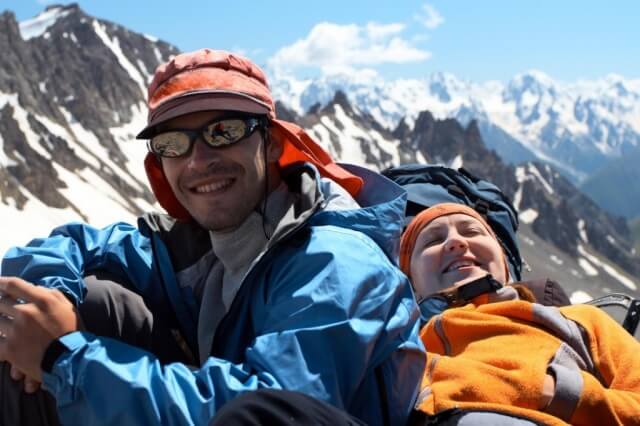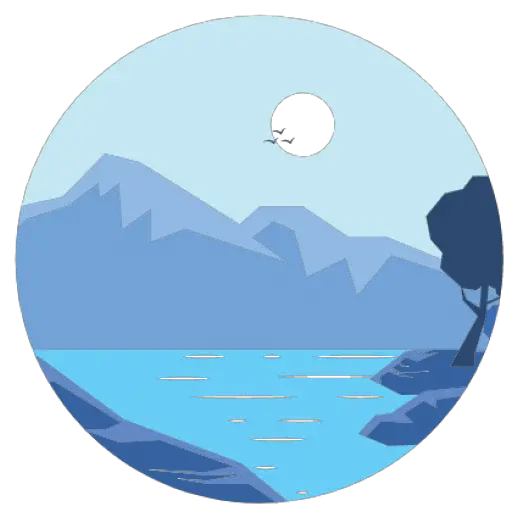 Last week we introduced the Via Alpina, a series of long distance footpaths that connect the eight European countries that surround the Alps. The network of walking and hiking opportunities consists of five international trails. The longest of the tracks, The Red Trail, was described in our first blog post, An Alpine Walker’s Dream. Today we will stride through The Purple Trail.
Last week we introduced the Via Alpina, a series of long distance footpaths that connect the eight European countries that surround the Alps. The network of walking and hiking opportunities consists of five international trails. The longest of the tracks, The Red Trail, was described in our first blog post, An Alpine Walker’s Dream. Today we will stride through The Purple Trail.
The Purple Trail
The Purple Trail crosses through Slovenia, Austria and Germany and consists of 66 stages that range between 7 and 35 km long (or between 2 and 10 hours long on foot). Walkers can select sections of the trail based on their endurance levels and many of the stages pass through towns, villages or intermediate accommodations. All parts of The Purple Trail are relatively undemanding in terms of terrain, although steep climbs exist in some sections.
Via Alpina’s website offers an interactive map that briefly describes the highlights of each stage: For example, Stage A6, an 8.1 km path through Slovenia, involves walking down to the Preval Pass where hikers can visit a shepherd’s hut for milk in preparation for their upcoming climb. Stage A10, a 25km track which crosses through Slovenia and Austria, includes passage over the Kärntner Storschitz peak (1,759 m) and through the Trögerner Klamm gorge’s nature reserve. In Germany, the A46 Stage (21.9 km) offers an ascent, either by foot or cable car, to Bavaria’s most stunning mountaintop views.
Throughout The Purple Trail, there seems to be a reoccurring theme – a passage back in time. Sites of cultural and historical significance are found throughout. For example, Stage 24 ends at the Abbey of Admont (Austria) which has the world’s largest monastic library collection. Also in Austria, Hallstatt-Dachstein, a World Cultural Heritage site, may be accessed via Stage 31. In Germany, walkers trekking Stage 62 will marvel at the Neuschwanstein and Hohenschwangau castles that belonged to Ludwig II of Bavaria.
The Purple Trail’s natural wonders are equally striking. The Stage 40 section of the trail crosses over the Austrian-German border via the Steinernen Meer plateau. “The plateau is a famous example of karst, a landscape where underground streams carve out passages and caves that make the area the most important in Germany for speleologists,” describes Richard Sale in The Great Walks of Europe. The Purple Trail’s varied landscapes offer slopes and valleys, wildflower meadows and lush woodlands, glaciers and amazing massifs, such as Karawanken, Dachstein and the Ammergau Alps.
Whether you would like to hike a long distance or take a two-hour stroll, are a history buff or a nature enthusiast, are looking for cultural immersion or a sense of serenity, The Purple Trail offers a stage and an experience for everyone.
